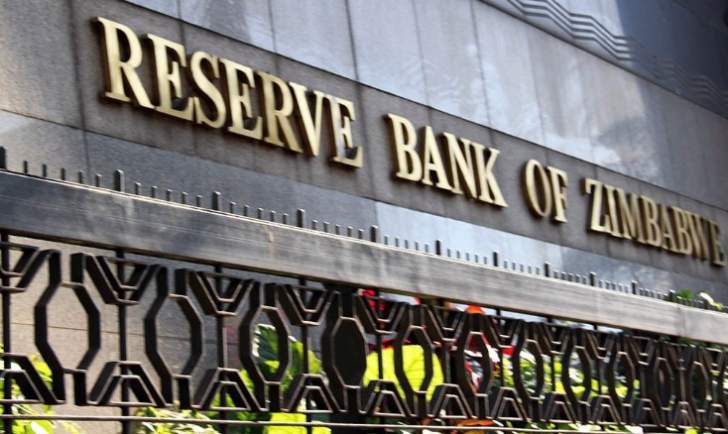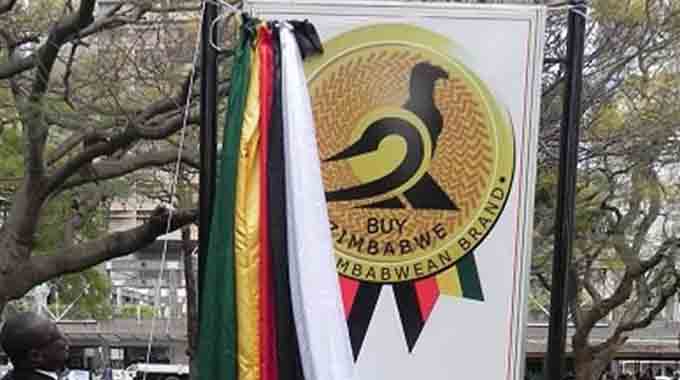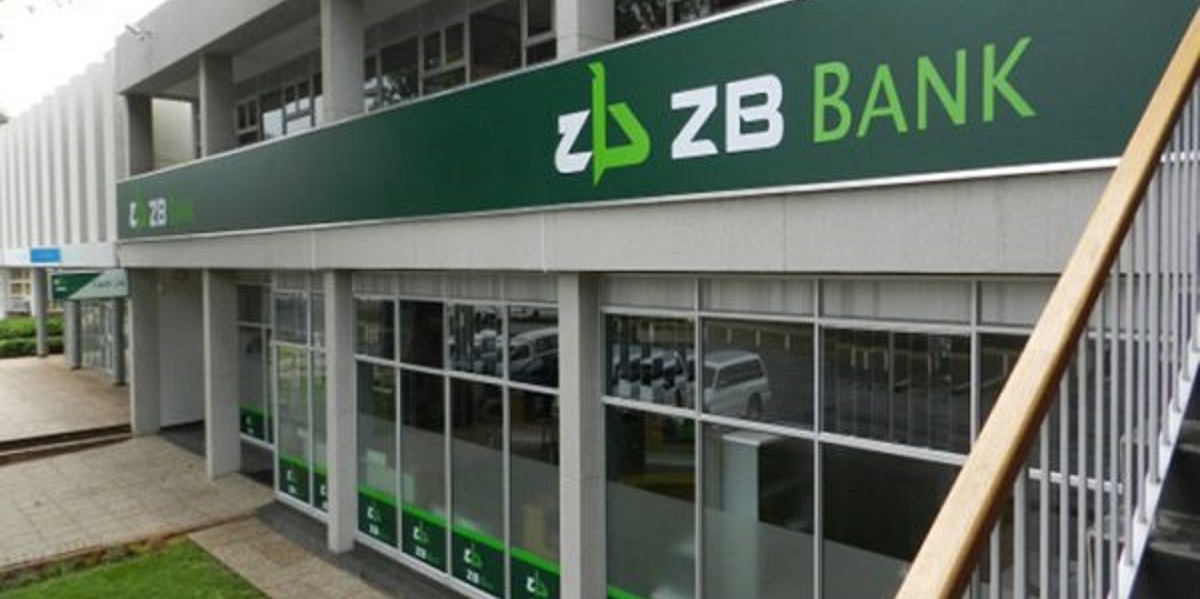RBZ unveils measures to bolster economy, promote ZiG
THE Reserve Bank of Zimbabwe (RBZ), has announced a raft of measures aimed at strengthening the interbank foreign exchange market, promoting the ZiG currency and fostering a savings culture in the country.
These changes, effective immediately, signal the central bank’s commitment to economic stability and growth and are anchored on a tight monetary policy stance which has also been maintained.
“The monetary policy stance for the first half of 2025 is aimed at consolidating stability and supporting economic growth,” central bank governor Dr John Mushayavanhu told the media and bank executives on Thursday.
One of the measures announced by Dr Mushayavanhu is the reduction of the foreign currency retention threshold for exporters from 75 percent to 70 percent, which effectively increases the portion of export proceeds surrendered by exporters from 25 percent to 30 percent.
Dr Mushayavanhu said this move is expected to augment the supply of foreign currency in the interbank market and bolster critical foreign currency reserves, which are essential for anchoring the ZiG.
To provide flexibility for exporters, the RBZ also introduced a US Dollar Denominated Deposit Facility (USDDDF), which allows exporters to deposit the additional 5 percent surrender requirement in USD, withdrawable in ZiG on demand at the prevailing interbank exchange rate.
The RBZ has also refined the Foreign Exchange Management System by clarifying the Interbank Foreign Exchange Trading Guidelines and effectively removing the initial 5 percent trading margin restriction, allowing authorised dealers to operate with margins aligned with international best practices.
Dr Mushayavanhu said the 5 percent margin was only applicable for the determination of the starting exchange rate, following the introduction of the new currency and should not have been used thereafter.
“Accordingly, authorised dealers are expected to on-sell foreign exchange purchased from willing sellers, including the Reserve Bank, at a margin consistent with international best practices,” said Dr Mushayavanhu.
“We are just saying lets be a normal country and lets do like all the other countries are doing. Foreign dealers know the international benchmarks trading margins and those are the ones that we are going to apply,” said Dr Mushayavanhu.
He said: “There is no prescription from the central bank” of what the margins are.
Furthermore, the central bank scrapped limits on foreign exchange trading, empowering market participants and streamlining transactions. Recognising the growing importance of digital transactions, the annual limit for prepaid international debit and credit cards has been doubled to US$1 million, facilitating cross-border business and reducing reliance on cash.
“The Reserve Bank will issue streamlined Foreign Exchange Interbank Market Guidelines to operationalise the refinements on the exchange rate management system and removal of foreign exchange trading limits,” said Dr Mushayavanhu.
In a bid to encourage savings, the RBZ increased minimum interest rates for savings and time deposits for both ZiG and USD.
Banks are now expected to offer depositors 5 percent on ZiG savings deposit and 7,5 percent on ZiG time deposits.
US dollar savings deposits will now earn 2,5 percent while time deposits will earn 4 percent.
Dr Mushayavanhu said the move follows consultations with stakeholders and aims to reward depositors for their savings.
“The Reserve Bank encourages banks to offer depositors more than the stipulated minimum deposit rates, to promote a banking and savings culture in the economy.”
Meanwhile, the central bank has kept the Bank Policy Rate at 35 percent per annum as it considers this rate “appropriate to support the current tight monetary policy stance and the envisaged economic growth”.
The central bank will, however, monitor inflation and other market fundamentals, adjusting the policy rate when and if necessary. Statutory reserve ratios remain unchanged at 30 percent for demand deposits and 15 percent for savings and fixed deposits in both local and foreign currency.
“The policy rate will be maintained at the current level of 35 percent per annum and reviewed by the Monetary Policy Committee (MPC), from time to time, based on inflation developments and other market fundamentals.”
The RBZ has also taken steps to address concerns about high bank charges and the new policy exempt accounts with balances below US$100 (or its ZiG equivalent) and POS transactions under US$5 (or its ZiG equivalent) from bank charges.
The central bank is working with the Bankers Association of Zimbabwe (BAZ) and Payment System Providers (PSPs) to develop further mechanisms to minimise charges and promote the use of e-cash, which is seen as crucial for promoting the wider adoption of the ZiG.
“These mechanisms will be finalised and communicated before the end of the first half of 2025,” Dr Mushayavanhu said.
To compliment measures announce by Finance, Economic Development and Investment Promotion Minister Mthuli Ncube, the Dr Mushayavanhu said Banks and PSPs are now required to ensure that all business accounts, both new and existing, are equipped with Point of Sale (POS) machines.
“To promote the use of normal banking channels on all domestic trading transactions, the Reserve Bank further advises all Local Authorities and other licencing entities to ensure that all applicants for trading licences (individuals or corporates) have a bank account and a functional POS machine at the point of licencing and/or renewal,” said Dr Mushayavanhu.
This move is expected to enhance the convenience of digital transactions and further drive the transition to a cashless economy.
ebsinessweekl








